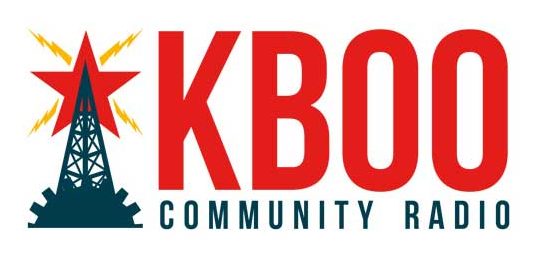Andy Seaman, an addiction specialist and assistant professor of medicine at Oregon Health and Science University related his experience with the cycle of sickness and trauma around drug addiction at the launch. Click here to listen to his full remarks. Remarks also transcribed below. Full article and audio can be found here on KBOO.
There is probably no one here who doesn’t know that we are in the middle of an overdose crisis. Between one and two Oregonians dies every day from an overdose. And we’re still doing the same thing, treating addiction as a moral failing that if we just ramp up arrests and put more people in jail who use drugs, we can make this work instead of treating it like a medical illness that is, providing access to life saving treatment.
So I worked as an addiction medicine specialist, as a health care for the homeless physician and as a jail doc, and what my experience has shown me without any question is that providing access to support for safer use or for treatment or recovery always we more likely to support health and wellness than any mechanism that involves shaming and punishing people. I think a lot of people in this room could speak to this better, better than I. But I’m going to walk you through my experience as- caring for people in this system under the current model.
So imagine that you are a young woman who is living with an opioid addiction, just trying to get through every day and avoid the constant cycle of sickness, from withdrawal. They decide they want to change their life, or maybe they want to, they want to shift things up, or they just, they just want to be more well, and they- they’re just trying to break that endless cycle of sickness and trauma. And so they go to seek treatment and they just run into barrier after barrier of- trying to find access to a better way to use more safely so they don’t die or find access to, maybe it’s abstinence and maybe it’s recovery, and maybe it’s remission or medications to help them not feel sick every day. So they’re back in the turn. Maybe they get picked up for some small thing and they’re incarcerated. now you’re in jail. You’re going through opioid withdrawal. So I used to have to do this to people. Okay, like, over and over again. You’re on methadone or you’re, you’re using heroin or something and you’re going through a bit of withdrawal. Now you’re in jail further traumatized, it is a very traumatizing experience to be sick in jail, in a cold cell. And then we send you out to the street sometimes in the middle of the night. Okay, only to find out that you don’t have housing anymore, or you lost the job that you were trying to hold down, or whatever, and if you make it through those first two weeks, okay, so in the first two weeks, as Haven alluded to, you have some around 120 times the risk of overdose as your community partner dweller, right. Like that number is baffling. I’ve never seen that anywhere else in medicine. So if you make it through those first two weeks, now you have a criminal record, right? And so your chances of long term employment, long term housing, all the things that kind of help finding meaning in our lives that help give us the things we need for long term recovery or safer use or whatever it is that you’re- you want that provides meaning to you. The cycle of trauma continues.
And now what I have seen is that people start to internalize the messaging from our community that comes with criminalization, you know, that, that they’re not worthy of help that that they’re not going to make it not for everyone, but I’ve seen that too many times. And I’m just not going to participate in another conversation about stigma and drug use, without simultaneously talking about decriminalization, because that’s what that’s what our laws are for, right? We’re trying to- we’re trying to tell people that what you’re doing is wrong. That’s why we make things illegal. So then you can’t talk about stigma without getting rid of that. And I just don’t, I don’t buy it. So this measure provides hope for a different approach. We can disrupt this cycle at its roots by providing immediate access to treatment or safer use or whatever it is that you’re looking for, to be safe today. Rather than- build people up rather than tearing them down.

